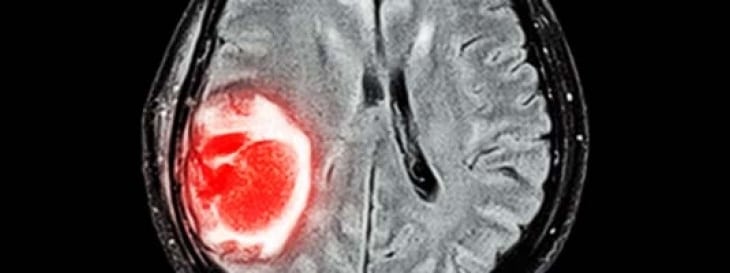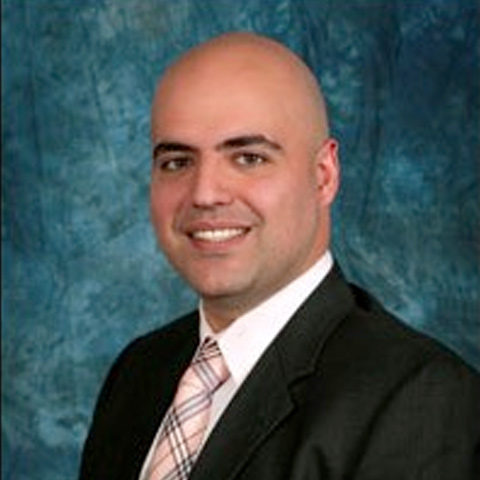
Learning More About Brain Tumors
Brain tumors occur when abnormal cells develop within the brain. Medicine has yet to identify the origin behind most brain tumors, but tumors are known to be more frequent in patients who suffer from inherited conditions like neurofibromatosis or who have been exposed to external conditions, like specific types of radiation or industrial chemicals. While suspecting a tumor or being diagnosed with one can be a frightening prospect, there are plenty of resources to help you better understand the condition, and there are a number of treatment methods available.
Varieties of Brain Tumors
There are over 120 different types of identified tumors, but they all fall into four rough categories. Benign tumors are the least harmful and do not contain cancerous cells. Benign tumors are formed from cells within the brain or the surrounding areas, and are characterized by slow growth and clear borders. Malignant tumors contain cancerous cells and grow at a significantly more rapid rate. Primary brain tumors are fairly rare but are defined as tumors that start within the brain. While they may spread to other parts of the brain or spine, they’re rarely a threat to external organs. More common are secondary or metastatic brain tumors, which are caused by tumors from other parts of the body spreading to the brain or spine. Frequent causes of metastatic brain tumors are lung, breast, or kidney cancer.
Recognizing the Signs
Recognizing possible symptoms of brain tumors and communicating them effectively can help doctors more effectively deal with brain tumors. Early detection allows the situation to be treated before potentially malignant growths can spread, and may allow for less invasive treatments. Patients suffering from brain tumors often suffer from chronic headaches and inhibited vision. Seizures and poor coordination are also common. Many victims suffer from less obvious neurological difficulties.
Changes to personality, short-term memory loss, and difficulty communicating or interpreting language can all be signs that you might be suffering from a tumor. If you exhibit any of these symptoms, record them as thoroughly as you can and be sure to speak with your physician and neurosurgeon.
Brain Tumor Treatments
Fortunately, great advances have been made in the treatment of tumors over the past few decades, and neurosurgeons possess a variety of techniques for curing them. Depending on the type and size of the tumor, surgeons can rely on surgery, radiation, and chemotherapy as viable options for treatment. Surgery is the most common treatment and is often performed while the subject is awake to assist the surgeon in accurately and safely identifying the risk of brain damage.
Radiation and chemotherapy are less common but also less physically invasive, essentially shrinking down the brain tumor. Radiation therapy typically requires treatments five days a week for the course of several weeks. Chemotherapy is similar in that it uses drugs to kill the brain cells and is often used in conjunction with radiation to ensure an effective recovery.
The diagnosis of a brain tumor can seem disheartening, but there’s plenty of hope. Consult with your physician and specialists to properly identify the problem and develop a course of treatment.






